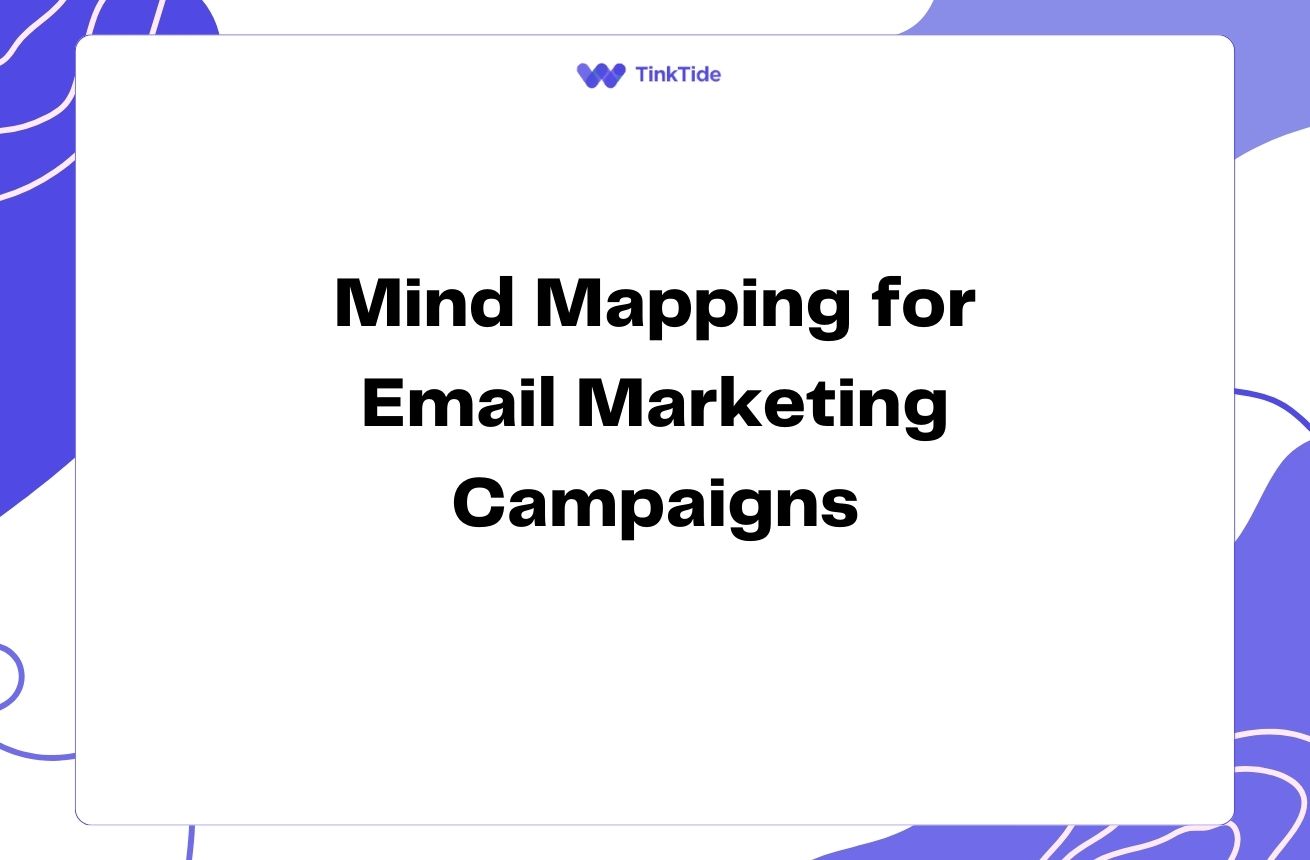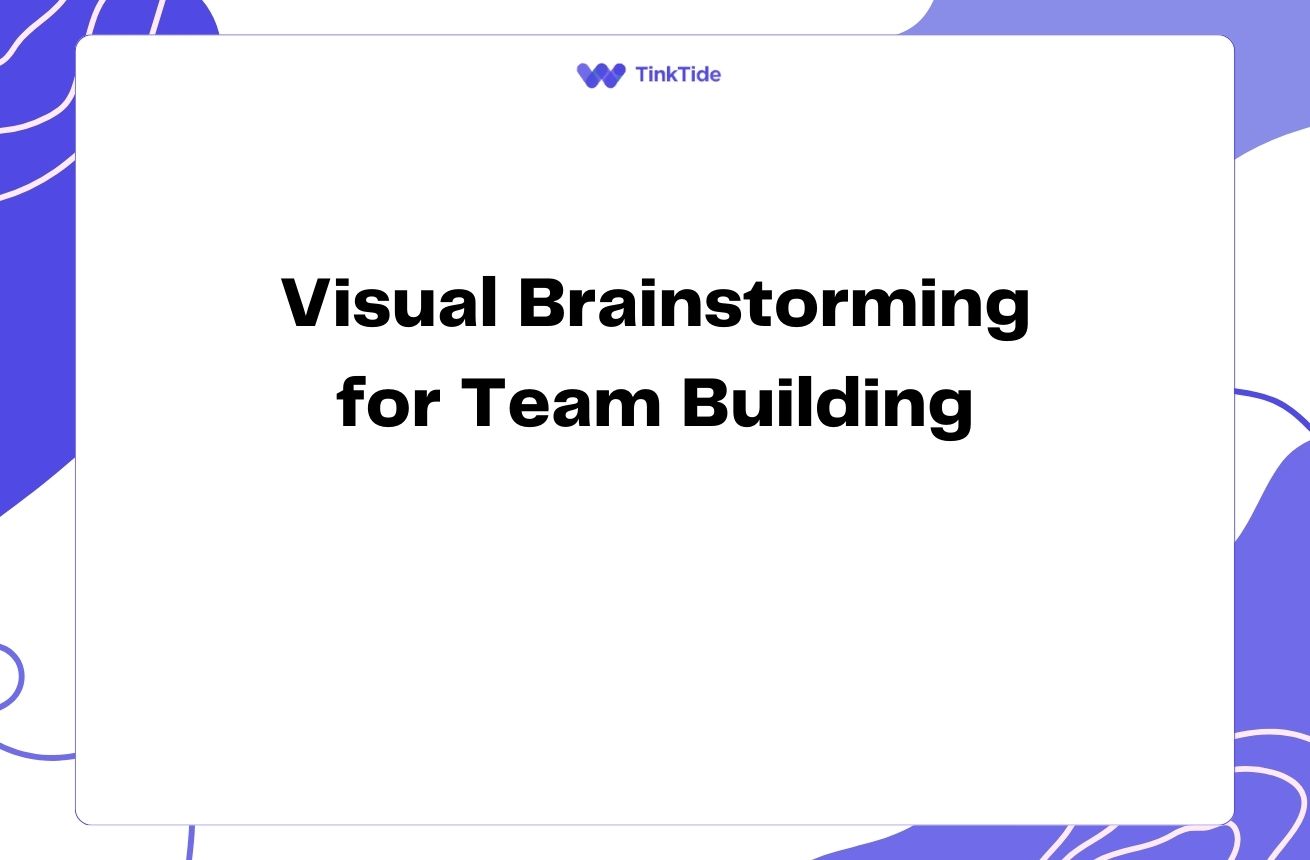Mind Maps: Your Secret Weapon for Marketing Campaign Success
The Power of Visual Thinking in Marketing
In the fast-paced world of marketing, organizing ideas and strategies can be a daunting task. Enter mind maps – a powerful visual tool that can transform your marketing campaign planning process. By leveraging the brain's natural tendency to think in non-linear patterns, mind maps offer a unique approach to brainstorming, organizing, and executing successful marketing campaigns.
Mind maps allow marketers to see the big picture while simultaneously drilling down into specific details. This holistic view can lead to more creative ideas, better resource allocation, and improved campaign coherence. According to a study by Creativity Research Journal, visual thinking tools like mind maps can increase creative output by up to 50%.
By using mind maps, marketing teams can break down complex campaigns into manageable chunks, identify connections between different elements, and ensure that no crucial aspects are overlooked. This visual approach also facilitates better communication among team members, as it provides a clear, shared reference point for discussions and decision-making.
Key Benefits of Using Mind Maps in Marketing Campaigns
Mind maps offer numerous advantages when planning and organizing marketing campaigns. Here are some key benefits:
- Enhanced creativity and idea generation
- Improved organization and structure of campaign elements
- Better visualization of relationships between different campaign components
- Easier collaboration and communication among team members
- Flexibility to adapt and modify plans as needed
- Increased efficiency in project management and execution
Creating an Effective Mind Map for Your Marketing Campaign
To create a mind map that will supercharge your marketing campaign, follow these steps:
1. Start with your central theme: Place your main campaign objective or theme in the center of your mind map. This could be a product launch, brand awareness campaign, or a specific marketing goal.
2. Branch out main categories: From the central theme, create branches for major campaign elements such as target audience, channels, budget, timeline, and key messages. These form the backbone of your campaign structure.
3. Add sub-branches and details: For each main category, add sub-branches with more specific information. For example, under 'channels,' you might have sub-branches for social media, email marketing, and paid advertising.
4. Use colors and icons: Incorporate different colors and icons to categorize information and make your mind map more visually appealing and easier to navigate. This can help in quickly identifying different aspects of your campaign.
Integrating Mind Maps into Your Marketing Workflow
To maximize the benefits of mind mapping in your marketing campaigns, consider integrating them into various stages of your workflow:
Brainstorming: Use mind maps to generate and capture ideas during initial brainstorming sessions. The non-linear nature of mind maps encourages free-flowing thoughts and helps uncover unexpected connections.
Strategy Development: As you refine your ideas, use mind maps to develop a comprehensive campaign strategy. This visual representation can help identify gaps in your plan and ensure all elements align with your central objective.
Task Assignment and Project Management: Transform your mind map into an action plan by assigning tasks to team members and setting deadlines. Many mind mapping tools, like MindMeister, offer project management features that integrate seamlessly with your visual map.
Tools and Software for Mind Mapping
While you can create mind maps with pen and paper, digital tools offer more flexibility and collaboration features. Here are some popular mind mapping software options:
- XMind: A versatile tool with a clean interface and powerful features
- MindMeister: Cloud-based software with excellent collaboration capabilities
- MindMup: A free, open-source option with Google Drive integration
- Coggle: User-friendly tool with real-time collaboration features
- Mindomo: Offers both mind mapping and concept mapping capabilities
Best Practices for Mind Mapping in Marketing Campaigns
To get the most out of mind mapping for your marketing campaigns, consider these best practices:
Keep it simple: Start with the main ideas and gradually add details. Avoid cluttering your mind map with too much information at once.
Use keywords: Instead of long phrases, use concise keywords or short phrases to represent ideas. This makes your mind map easier to read and understand at a glance.
Review and revise: Regularly revisit your mind map throughout the campaign planning process. Update it as new ideas emerge or circumstances change.
Collaborate: Encourage team members to contribute to the mind map. This fosters a sense of ownership and can lead to more diverse and innovative ideas.
Measuring the Impact of Mind Mapping on Campaign Success
To gauge the effectiveness of using mind maps in your marketing campaigns, consider tracking these metrics:
1. Time savings: Compare the time spent on campaign planning before and after implementing mind mapping techniques.
2. Idea generation: Track the number and quality of ideas produced during brainstorming sessions with mind maps versus traditional methods.
3. Team satisfaction: Conduct surveys to assess team members' satisfaction with the planning process and overall campaign clarity.
4. Campaign performance: Monitor key performance indicators (KPIs) for campaigns planned with mind maps and compare them to previous campaigns.
Address common questions
Here are some frequently asked questions about using mind maps for marketing campaign planning:
How long does it take to create a mind map for a marketing campaign?
The time required varies depending on the campaign's complexity and your familiarity with mind mapping. Generally, you can create a basic mind map in 30 minutes to an hour, with more detailed maps taking several hours to develop fully.
Can mind maps replace traditional project management tools?
While mind maps are excellent for brainstorming and high-level planning, they work best in conjunction with traditional project management tools. Use mind maps for initial planning and strategy, then transfer actionable items to your preferred project management software.
How can I convince my team to adopt mind mapping?
Start by demonstrating the benefits through a small project or brainstorming session. Show how mind maps can improve idea generation and organization. You can also share case studies or research on the effectiveness of visual thinking in marketing.
Are there any limitations to using mind maps for marketing campaigns?
Mind maps are great for visual thinkers but may not suit everyone's learning style. They can also become cluttered if not properly organized. It's important to use them in conjunction with other planning tools and methods for a well-rounded approach.
How often should I update my marketing campaign mind map?
Review and update your mind map regularly throughout the campaign planning and execution process. This could be weekly for short-term campaigns or monthly for longer-term initiatives. Always update the map when significant changes or new ideas arise.
Provide additional resources
The Mind Map Book
A comprehensive guide to mind mapping by Tony Buzan, the inventor of modern mind mapping
Mind Mapping for Marketing Success
An in-depth article on applying mind mapping techniques to various marketing activities
Visual Thinking: Empowering People & Organizations through Visual Collaboration
A book exploring the power of visual thinking in business and creativity
Mind Mapping for Dummies
A beginner-friendly guide to getting started with mind mapping
How to Mind Map: The Ultimate Guide
A comprehensive online guide to creating effective mind maps
Summarize key takeaways
Mind mapping is a powerful tool for planning and organizing successful marketing campaigns. By visualizing ideas, connections, and strategies, marketers can enhance creativity, improve collaboration, and streamline campaign execution.
Incorporating mind maps into your marketing workflow can lead to more innovative campaigns, better resource allocation, and improved team communication. As with any tool, the key to success lies in consistent practice and finding the right balance with other planning methods.
Start experimenting with mind maps in your next marketing campaign planning session. You may be surprised at how this visual approach can transform your creative process and lead to more successful marketing outcomes.
Revolutionize Your Marketing Campaigns with Mind Mapping
Ready to take your marketing campaigns to the next level? Try our mind mapping tools and templates designed specifically for marketing professionals.
Start Your Free Trial

